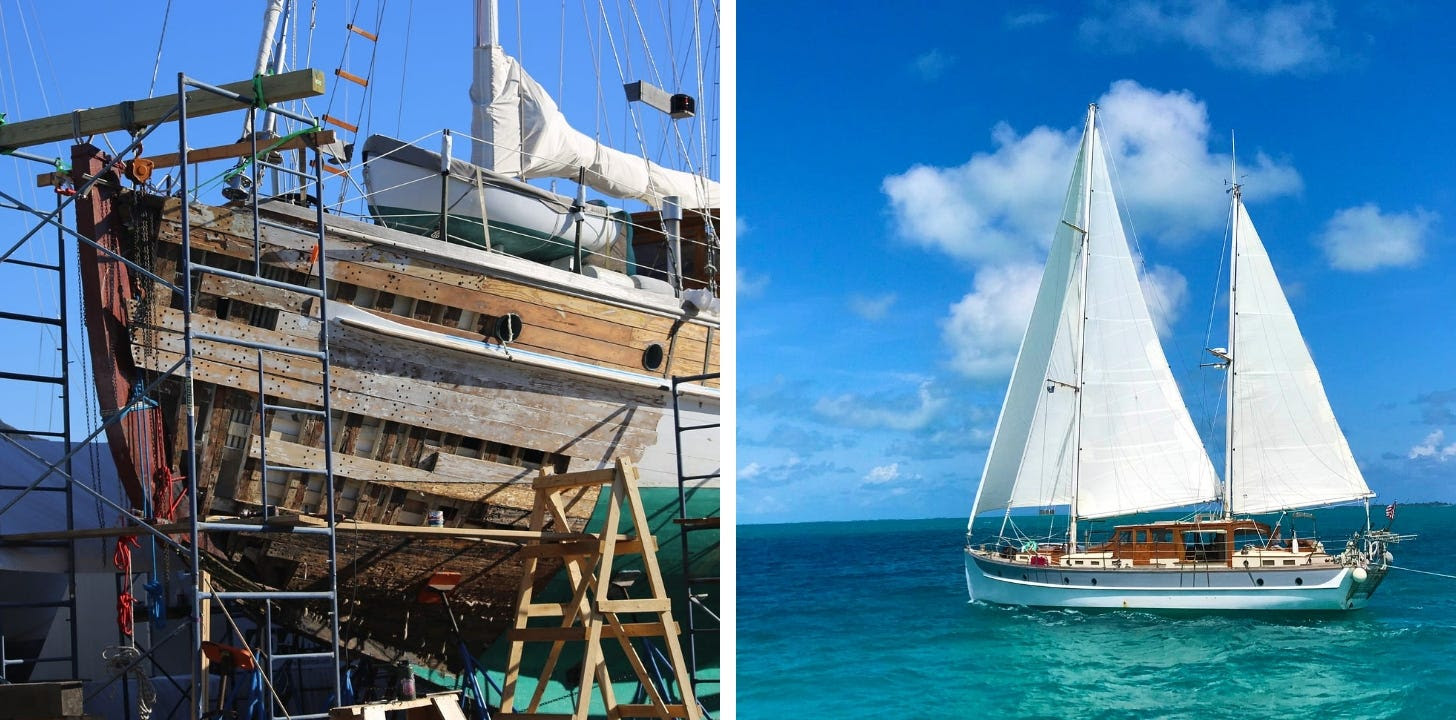6th annual International Culture Fest, Jan 18, Fishermen’s Village, Punta Gorda, FL
There is always plenty to do around Charlotte Harbor. While berthed at Fishermen’s Village Marina, A CRUISERS NET SPONSOR, you are certain to enjoy visiting Western Florida’s beautiful Charlotte Harbor/Peace River.
Click here for International Culture Fest Flyer January 2025
Click here for International Culture Fest Press Release January 2025


| Kathy Burnam 941.639.8721 |
Click Here To View the Western Florida Cruisers Net Marina Directory Listing For Fishermen’s Village
Click Here To Open A Chart View Window Zoomed To the Location of Fishermen’s Village







































Be the first to comment!